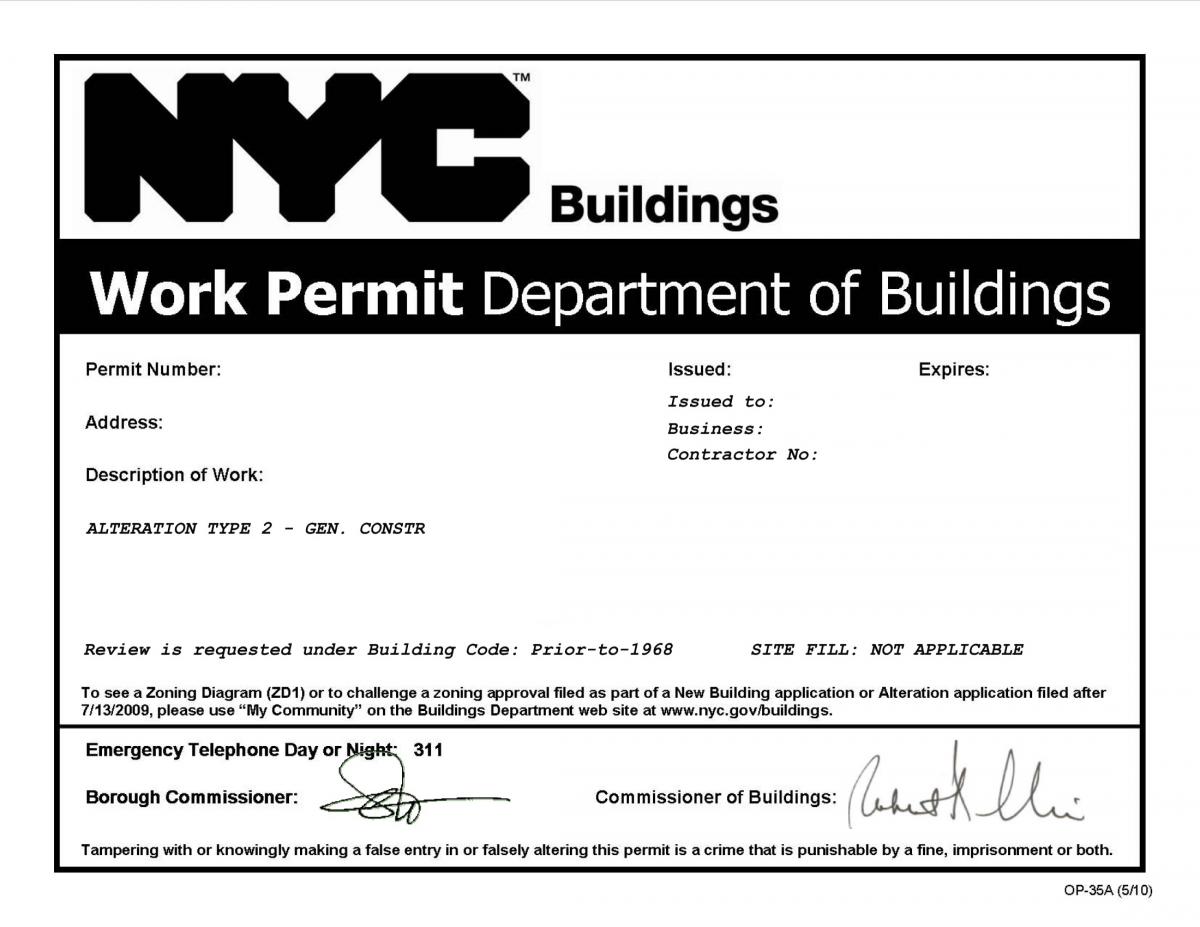Facility management is often dismissed as an expense to control, but it is a critical area for efficiency, cost savings, and long-term value creation. To change this perception, facility managers (FMs) must communicate their initiatives in financial terms that resonate with leadership.
By focusing on Return on Investment (ROI), Total Cost of Ownership (TCO), compliance, and operational efficiency, FMs can prove their value and demonstrate how their actions contribute directly to cost savings. This article explores how facility management directly impacts the bottom line.
Quantifying ROI in Facility Management
ROI = [(Benefits − Costs) / Costs] × 100
This formula translates facility management investments into financial terms that resonate with executives. Here are real-world examples of how FMs use ROI to frame their initiatives.
1. Gas-to-Electric HVAC Conversions: Aligning with NYC Regulations and Cutting Costs
Under New York City Local Law 97, large buildings must meet strict carbon emissions limits or face annual fines. FM’s overseeing gas-powered HVAC systems must retrofit their infrastructure or risk significant penalties.
– How Local Law 97 Penalties Are Calculated
- Emissions Cap: A building’s annual carbon emissions must stay within a prescribed cap, based on building type and square footage.
- Fine Structure: Buildings exceeding the limit are fined $268 per metric ton of CO₂ over the allowed threshold.
- HVAC Contribution: Fossil fuel-based HVAC systems often push buildings over their limit.
– Example: Avoiding Penalties with Gas-to-Electric HVAC Conversion
- Scenario:
- A 100,000 sq. ft. commercial building emits 1,050 metric tons of CO₂ annually; the emissions cap is 1,000 metric tons per year.
- Excess Emissions: 1,050 − 1,000 = 50 metric tons over the cap
- Penalty: 50 metric tons × $268/ton = $13,400 in fines annually
Without a switch to electric HVAC, the building would face $13,400 in annual penalties, in addition to higher operating costs from inefficient gas equipment.
– How Conversions Create Value and Pay Off Over Time
- Example:
- The building invests $250,000 in converting to electric HVAC, reducing emissions to 950 metric tons annually—below the cap.
- The conversion also saves $50,000 annually in energy costs.
– Year 1 ROI Calculation:
ROI = [(50,000 + 13,400 − 250,000) / 250,000] x 100 = −74.6%
Although the first-year ROI is negative, the cumulative savings become positive by year 4, as the building avoids ongoing penalties and reduces energy expenses.
Though initial ROI is negative, cumulative savings turn positive by year four through avoided penalties and reduced energy expenses.
2. Preventive Maintenance Programs: Avoiding Costly Downtime with Proactive Care
Preventive maintenance (PM) ensures critical systems operate smoothly, reducing disruptions and repair costs. Below are examples showing how PM programs add measurable value.
– Fire Safety Systems
- Compliance: Essential under NFPA 25. Failing systems risks shutdowns, fines, and liability. PM detects early signs of issues like failing fire pumps, preventing costly disruptions.
- Example:
- Scenario: Quarterly inspection detects abnormal vibration in a fire pump.
- Reactive Cost: A failed pump causes a building shutdown and $50,000 in repairs.
- Preventive Cost: Proactive pump replacement costs $12,000.
- Savings: $38,000 saved by avoiding downtime and emergency repairs.
- Scenario: Quarterly inspection detects abnormal vibration in a fire pump.
– Plumbing Systems – Preventing Leaks and Water Damage
- What to Inspect:
- Main Water Lines: Look for corrosion or pressure irregularities.
- Sump Pumps: Test to ensure functionality during flooding risks.
- Hot Water Systems: Monitor water heaters for sediment buildup.
- Drainage Systems: Clear blockages to prevent backups.
- Example:
-
- Scenario: Inspection finds corrosion in a water line.
- Reactive Cost: A burst pipe costs $30,000 in damages.
- Preventive Cost: Pipe replacement costs $6,000.
- Savings: $24,000 saved by replacing the pipe early.
- Scenario: Inspection finds corrosion in a water line.
3. Technology Integration: IoT and Vacancy Sensors
Compliance with energy codes like NYC Energy Conservation Code (NYCECC) mandates vacancy sensors to reduce energy consumption. IoT integration ensures these sensors prevent energy waste.
– Example: Energy Optimization with IoT Sensors
- Scenario: Misconfigured sensors allowed lights to remain on, wasting $10,000 annually.
- Solution: IoT sensors helped reconfigure the system to turn off lights when spaces became vacant.
- Savings: $7,500 annually, ensuring compliance and reducing waste.
4. Risk Management: Mitigating Hazards to Ensure Safety and Avoid Liability
Arc Flash Studies – Preventing Electrical Incidents and Ensuring OSHA Compliance
Electrical infrastructure is often overlooked as a major source of risk until an incident occurs. Arc flash events can cause injuries, equipment damage, and shutdowns. Regular arc flash studies help identify risks and ensure OSHA compliance.
- Reactive Cost Example:
- Medical bills, legal fees, and equipment repairs.
- OSHA fines of up to $15,000 per incident.
- Preventive Cost Example:
- Arc flash study costs $10,000-$15,000 for a medium-sized facility, with $5,000 annually for compliance-related PPE and inspections.
- Savings Example: Avoiding a single arc flash incident saves over $100,000.
- Proving Value: Tracking incidents avoided compliance adherence, and reduced insurance premiums.
5. Incorporating TCO (Total Cost of Ownership) into Decision-Making
TCO measures the lifetime cost of an asset, considering acquisition, operation, maintenance, and disposal.
TCO Calculation Example: Choosing Between Two HVAC Systems
- Option A:
- Purchase: $100,000
- Annual Operating Cost: $20,000
- TCO: 100,000 + (20,000 × 10) = 300,000
- Option B:
- Purchase: $150,000
- Annual Operating Cost: $12,000
- TCO: 150,000 + (12,000 × 10) = 270,000
Though Option B has a higher upfront cost, it saves $30,000 over 10 years.
Overcoming the ‘Cost Center’ Mindset
Facility managers can shift the perception of their department from a cost center—only focused on expenses—to a savings center that contributes directly to the organization’s bottom line. The key is communicating value through measurable data and financial metrics.
Facility managers can shift perception by communicating value through data and financial metrics like LCA and TCO.
LCA and TCO Justify Investments
- LCA (Lifecycle Cost Analysis) evaluates total cost over an asset’s life.
- Example: An energy-efficient chiller may cost more initially but reduces operating costs over 15 years.
- TCO (Total Cost of Ownership) accounts for all costs associated with an asset.
- Example: A CMMS may seem expensive upfront but saves labor and downtime costs over time.
By demonstrating that higher upfront costs can lead to long-term savings, FMs can make a compelling case for investments.
Facility Management as a Strategic Business Partner
Facility management isn’t just about controlling costs—it’s about creating value, driving savings, and managing risks. Through energy upgrades, preventive maintenance, technology integration, and risk management, FMs demonstrate their strategic impact.
Call to Action: What strategies do you use to demonstrate the value of your facility management initiatives? Share your insights in the comments!
Discover more from Helping NYC & Long Island Commercial Tenants, Owners, and Developers
Subscribe to get the latest posts sent to your email.





